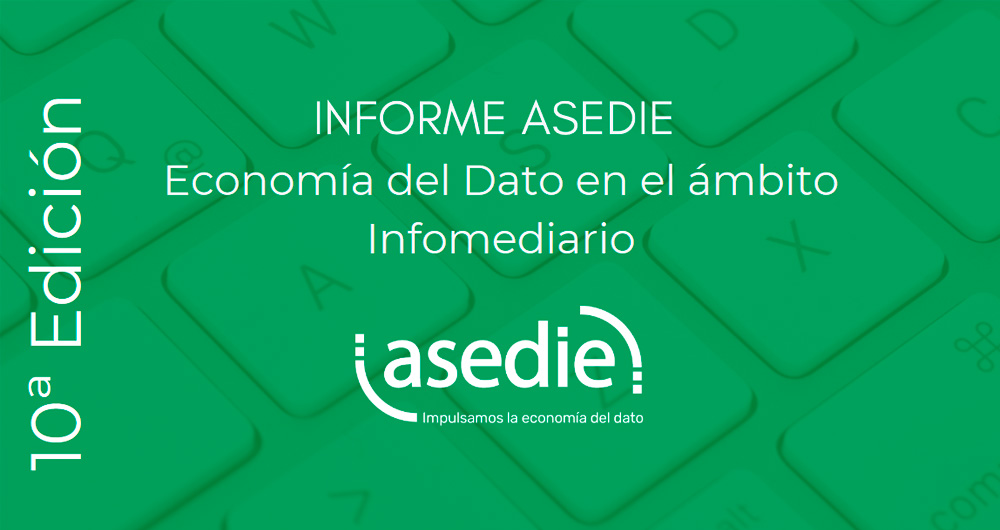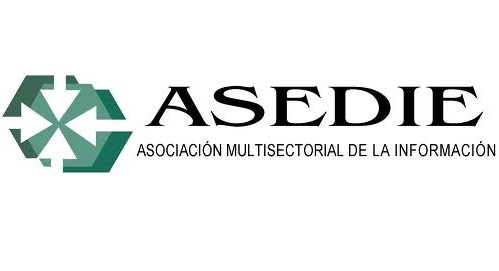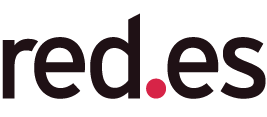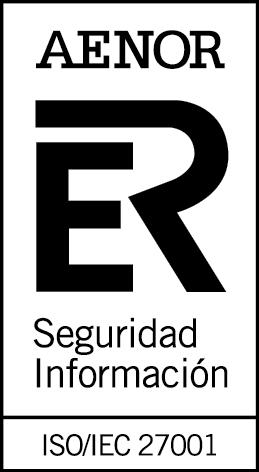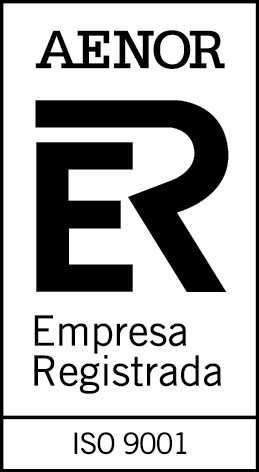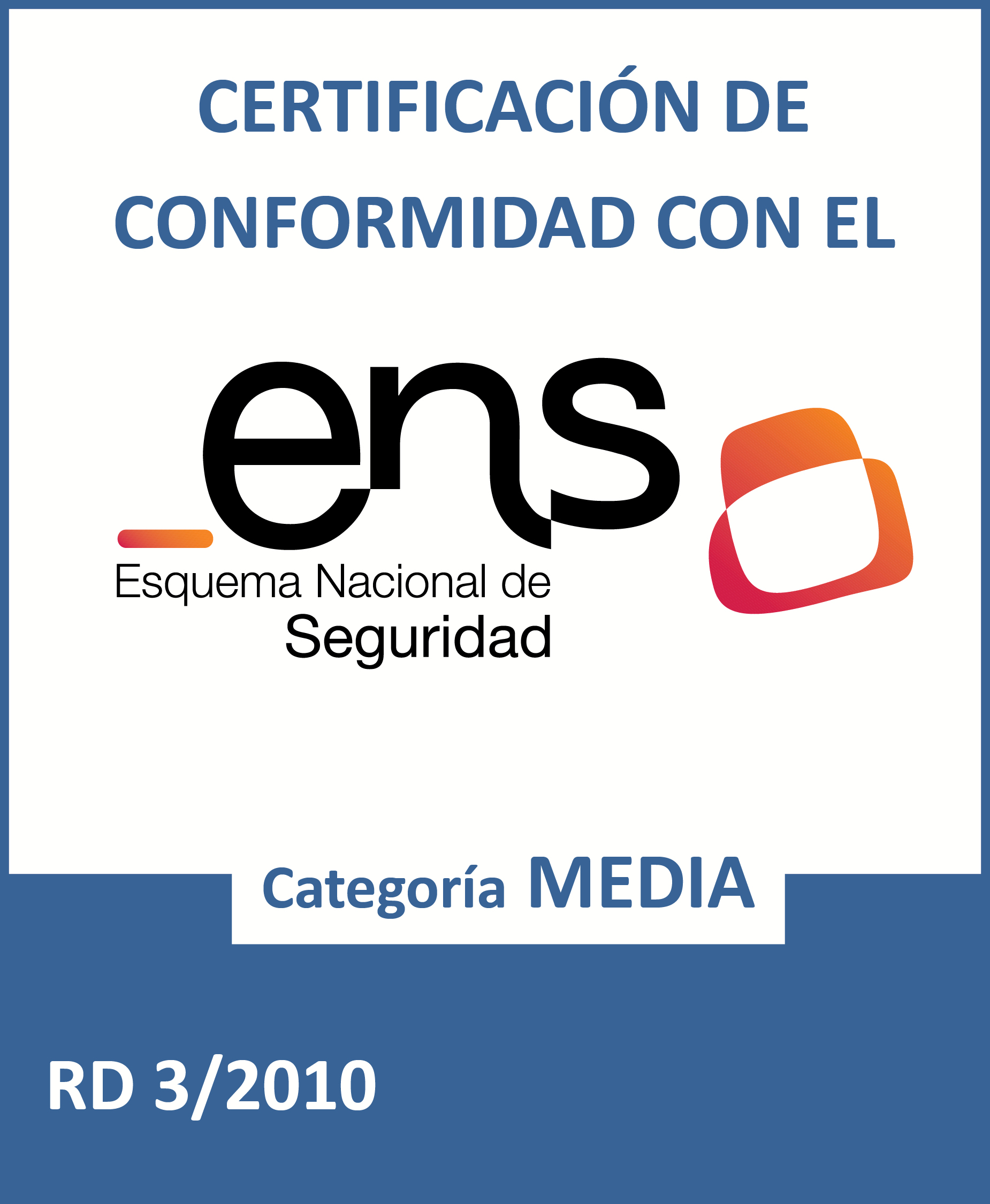The 13th edition of ASEDIE's Infomediary Sector Report is now available.
Fecha de la noticia: 15-04-2025

Data reuse continues to grow in Spain, as confirmed by the last report of the Multisectorial Association of Information (ASEDIE), which analyses and describes the situation of the infomediary sector in the country. The document, now in its 13th edition, was presented last Friday, 4 April, at an event highlighting the rise of the data economy in the current landscape.
The following are the main key points of the report.
An overall profit of 146 million euros in 2023
Since 2013, ASEDIE's Infomediary sector report has been continuously monitoring this sector, made up of companies and organisations that reuse data - generally from the public sector, but also from private sources - to generate value-added products or services. Under the title "Data Economy in its infomediary scope", this year's report underlines the importance of public-private partnerships in driving the data economy and presents relevant data on the current state of the sector.
It should be noted that the financial information used for sales and employees corresponds to the financial year 2023, as financial information for the year 2024 was not yet available at the time of reporting. The main conclusions are:
- Since the first edition of the report, the number of infomediaries identified has risen from 444 to 757, an increase of 70%. This growth reflects its dynamism, with annual peaks and troughs, showing a positive evolution that consolidates its recovery after the pandemic, although there is still room for development.
- The sector is present in all the country's Autonomous Communities, including the Autonomous City of Melilla. The Community of Madrid leads the ranking with 38% of infomediaries, followed by Catalonia, Andalusia and the Community of Valencia, which represent 15%, 11% and 9%, respectively. The remaining 27% is distributed among the other autonomous communities.
- 75% of infomediary companies operate in the sub-sectors of geographic information, market, economic and financial studies, and infomediation informatics (focused on the development of technological solutions for the management, analysis, processing and visualisation of data).
- The infomediary sector shows a growth and consolidation trend, with 66% of companies operating for less than 20 years. Of this group, 32% are between 11 and 20 years old, while 34% are less than a decade old. Furthermore, the increase in companies between 11 and 40 years old indicates that more companies have managed to sustain themselves over time.
- In terms of sales, the estimated volume amounts to 2,646 million euros and the evolution of average sales increases by 10.4%. The average turnover per company is over 4.4 million euros, while the median is 442,000 euros. Compared to the previous year, the average has increased by 200,000 euros, while the median has decreased by 30,000 euros.
- It is estimated that the infomediary sector employs some 24,620 people, 64% of whom are concentrated in three sub-sectors. These figures represent a growth of 6% over the previous year. Although the overall average is 39 employees per company, the median per sub-sector is no more than 6, indicating that much of the employment is concentrated in a small number of large companies. The average turnover per employee was 108,000 euros this year, an increase of 8% compared to the previous year.
- The subscribed capital of the sector amounts to EUR 252 million. This represents an increase of 6%, which breaks the negative trend of recent years.
- 74% of the companies have reported profits. The aggregate net profit of the 539 companies for which data is available exceeded 145 million euros.
The following visual summarises some of this data:

Figure 1. Source: Asedie Infomediary Sector Report. "Data Economy in its infomediary scope" (2025).
Significant advances in the ASEDIE Top 10
The Asedie Top 10 aims to identify and promote the openness of selected datasets for reuse. This initiative seeks to foster collaboration between the public and private sectors, facilitating access to information that can generate significant economic and social benefits. Its development has taken place in three phases, each focusing on different datasets, the evolution of which has been analysed in this report:.
- Phase 1 (2019), which promoted the opening of databases of associations, cooperatives and foundations. Currently, 16 Autonomous Communities allow access to the three databases and 11 already offer NIF data. There is a lack of access to cooperatives in a community.
- Phase 2 (2020), focusing on datasets related to energy efficiency certificates, SAT registers and industrial estates. All communities have made energy efficiency data available to citizens, but one is missing in industrial parks and three in SAT registers.
- Phase 3 (2023), focusing on datasets of economic agents, education centres, health centres and ERES-ERTES (Expediente de Regulación de Empleo y Expediente de Regulación Temporal de Empleo). Progress has been made compared to last year, but work is ongoing to achieve greater uniformity of information.
New success stories and best practices
The report concludes with a section compiling several success stories of products and services developed with public information and contributing to the growth of our economy, for example:
- Energy Efficiency Improvement Calculator: allows to identify the necessary interventions and estimate the associated costs and the impact on the energy efficiency certification (EEC).
- GEOPUBLIC: is a tool designed to help Public Administrations better understand their territory. It allows for an analysis of strengths, opportunities and challenges in comparison with other similar regions, provinces or municipalities. Thanks to its ability to segment business and socio-demographic data at different scales, it facilitates the monitoring of the life cycle of enterprises and their influence on the local economy.
- New website of the DBK sectoral observatory: improves the search for sectoral information, thanks to the continuous monitoring of some 600 Spanish and Portuguese sectors. Every year it publishes more than 300 in-depth reports and 1,000 sectoral information sheets.
- Data assignment and repair service: facilitates the updating of information on the customers of electricity retailers by allowing this information to be enriched with the cadastral reference associated with the supply point. This complies with a requirement of the State Tax Administration Agency (AEAT).
The report also includes good practices of public administrations such as:
- The Callejero Digital de Andalucía Unificado (CDAU), which centralises, standardises and keeps the region's geographical and postal data up to date.
- The Geoportal of the Madrid City Council, which integrates metadata, OGC map services, a map viewer and a geolocator that respect the INSPIRE and LISIGE directives. It is easy to use for both professionals and citizens thanks to its intuitive and accessible interface.
- The Canary Statistics Institute (ISTAC), which has made an innovative technological ecosystem available to society. It features eDatos, an open source infrastructure for statistical data management ensuring transparency and interoperability.
- The Spanish National Forest Inventory (IFN) and its web application Download IFN, a basic resource for forest management, research and education. Allows easy filtering of plots for downloading.
- The Statistical Interoperability Node, which provides legal, organisational, semantic and technical coverage for the integration of the different information systems of the different levels of administrative management.
- The Open Cohesion School, an innovative educational programme of the Generalitat de Catalunya aimed at secondary school students. Students investigate publicly funded projects to analyse their impact, while developing digital skills, critical thinking and civic engagement.
- The National Publicity System for Public Subsidies and Grants, which has unveiled a completely redesigned website. It has improved its functionality with API-REST queries and downloads. More information here.
In conclusion, the infomediary sector in Spain consolidifies itself as a key driver for the economy, showing a solid evolution and steady growth. With a record number of companies and a turnover exceeding 2.6 billion euros in 2023, the sector not only generates employment, but also positions itself as a benchmark for innovation. Information as a strategic resource drives a more efficient and connected economic future. Its proper use, always from an ethical perspective, promises to continue to be a source of progress both nationally and internationally.



